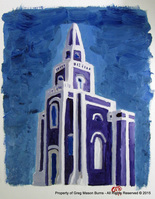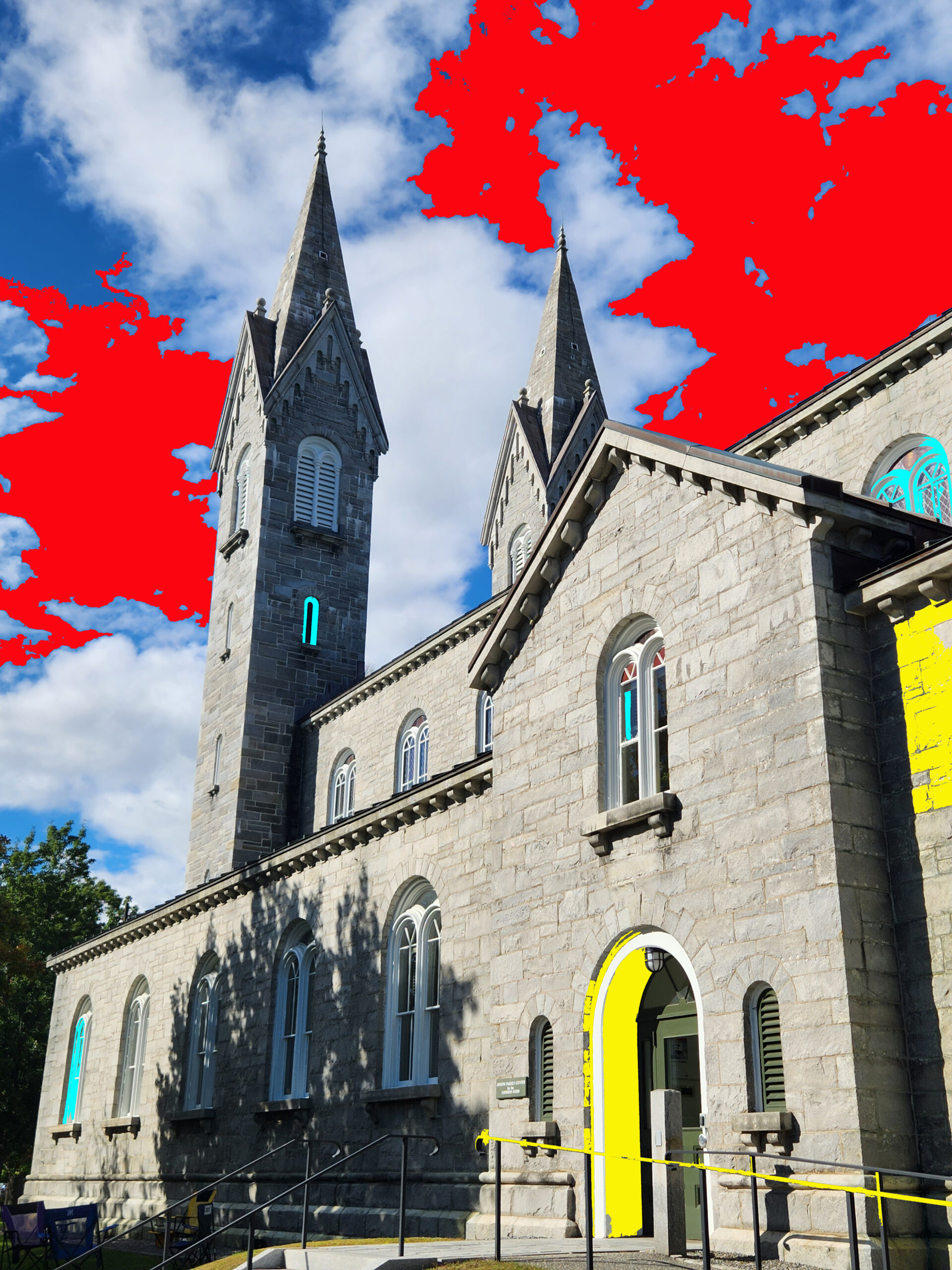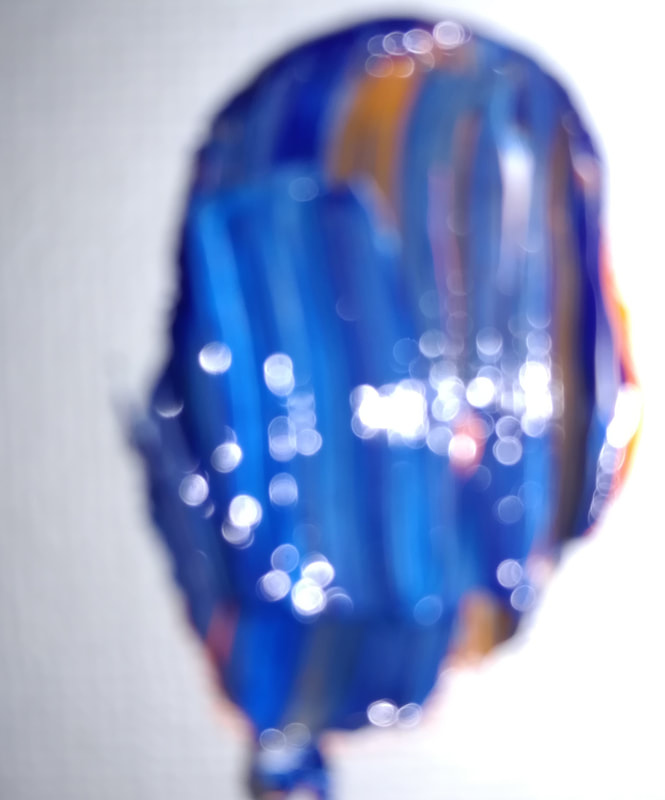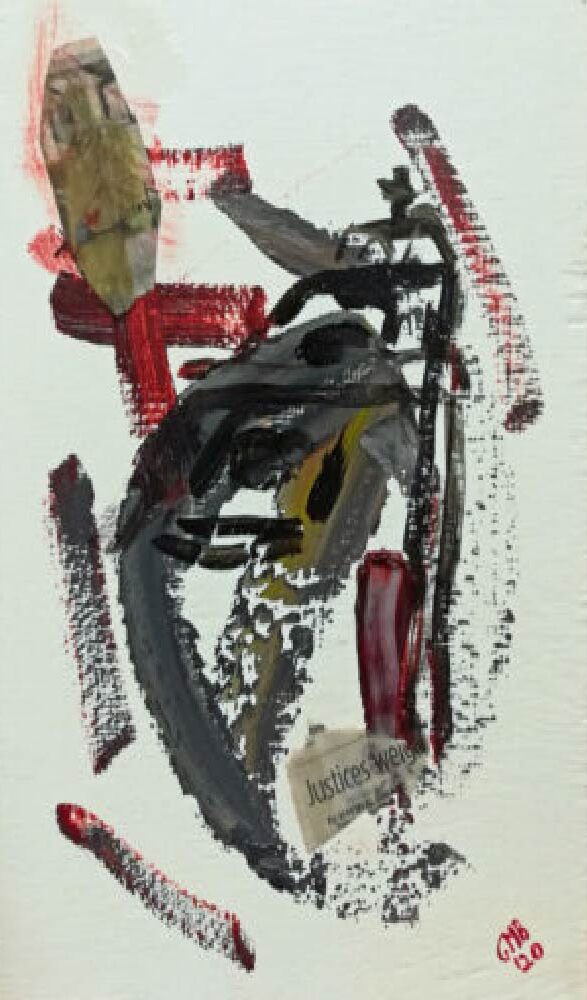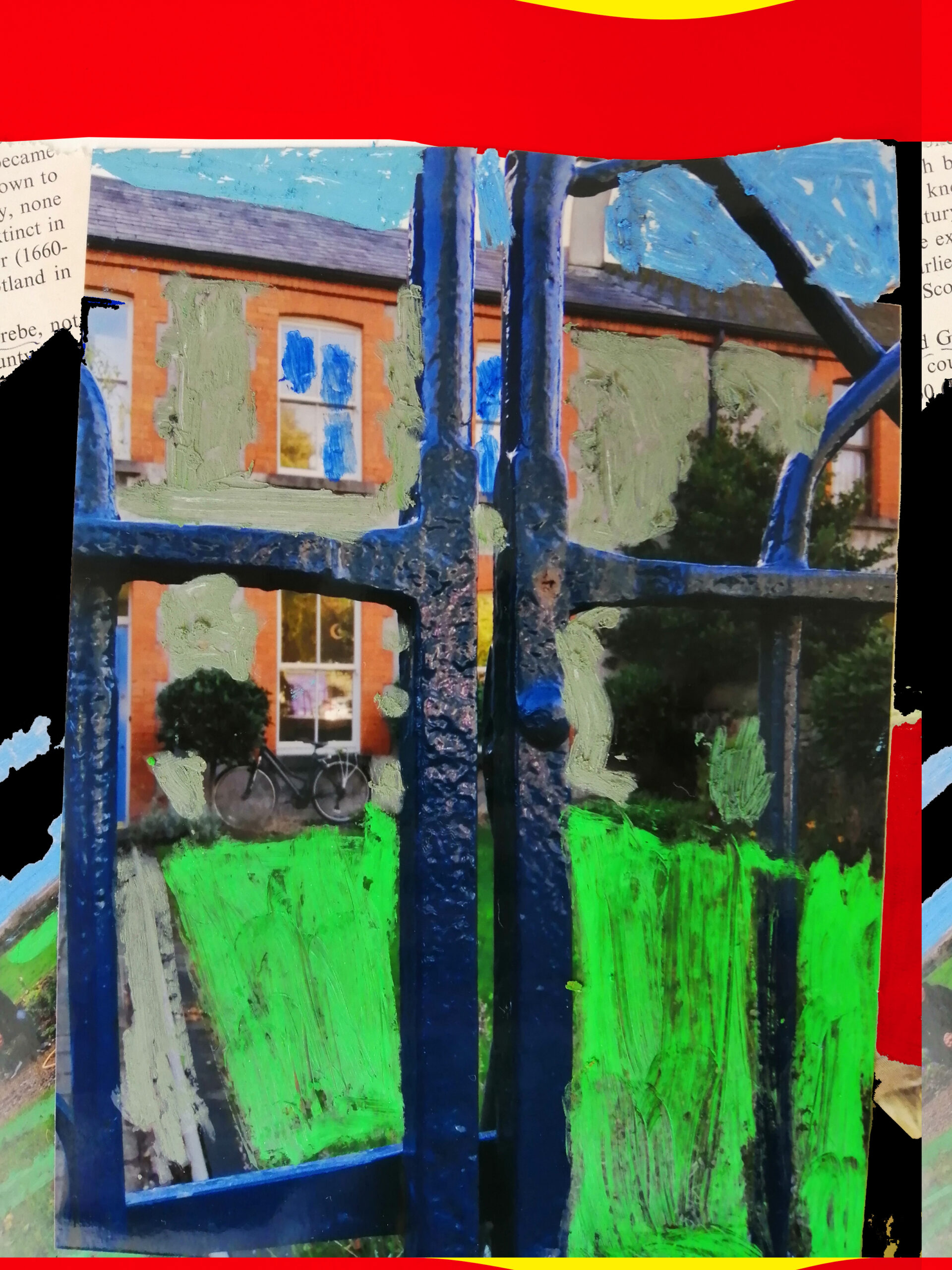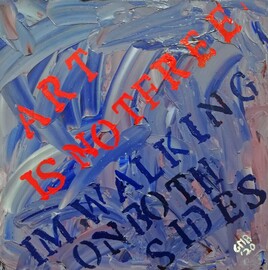Do You Understand Art
Portrait of Mrs. Edward L. Davis and Her Son, Livingston Davis, oil on canvas by John Singer Sargent, 1890; in the Los Angeles County Museum of Art Do You Understand Art is the fourth in a series of guests posts by my collectors and fans. In this post, Nivea Bona reflects on how art makes us feel something and how we try to rationalize that even when there's no need to do so. Below, Bona shares how this notion challenged her in other parts of her life, and I challenge you to tell me which side I lean toward: intent or in-the-moment...
